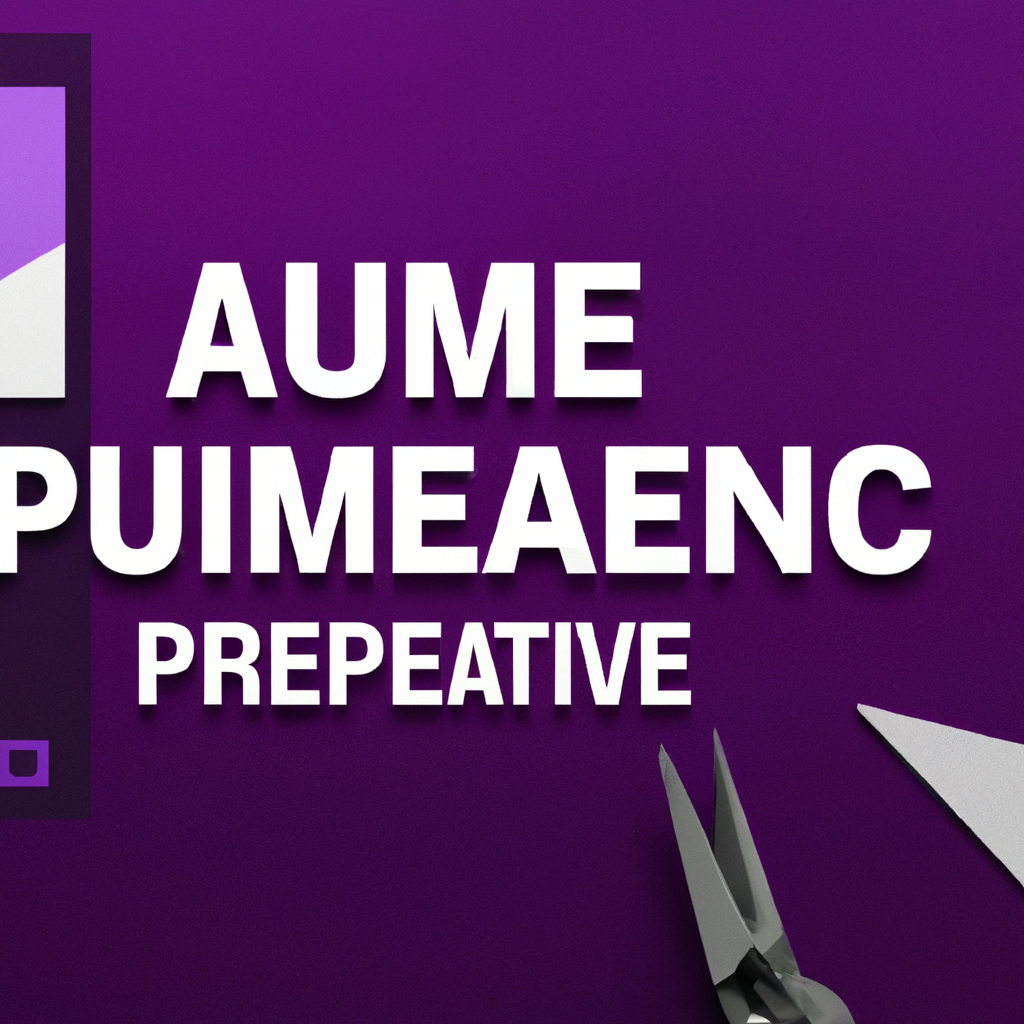How to Use Adobe Premiere: Step-by-Step Tutorial for Beginners
Adobe Premiere Pro is one of the most powerful and widely-used video editing software applications in the world. Whether you’re creating YouTube videos, short films, or professional commercials, learning how to use Adobe Premiere can unlock a world of creative possibilities. In this comprehensive guide, we will walk you through the essential steps, features, and techniques needed to get started with Adobe Premiere Pro, even if you’re a complete beginner.
What is Adobe Premiere Pro?
Adobe Premiere Pro is a timeline-based video editing application developed by Adobe Inc. It’s designed for both amateurs and professionals, offering tools for cutting, trimming, color correction, audio editing, and adding visual effects. As part of the Adobe Creative Cloud suite, Premiere Pro integrates seamlessly with other Adobe apps like After Effects, Photoshop, and Audition, making it a cornerstone software in the world of video post-production.
Getting Started: Setting Up Your First Project
-
Download and Install Adobe Premiere Pro:
Before you can start editing, you need to download and install Adobe Premiere Pro. Once installed, launch the application and sign in with your Adobe ID.
-
Create a New Project:
Click on New Project from the start screen. Give your project a name and select a location to save it. You can also set your scratch disks and video/audio rendering preferences here.
-
Import Media Files:
To import video clips, audio recordings, and images, go to File > Import or simply drag and drop your files into the Project Panel. Organize your assets in bins for better workflow management.
Understanding the Adobe Premiere Pro Interface
- Project Panel: Where you organize and access your imported media files.
- Timeline Panel: The workspace where you assemble and edit your video sequence.
- Source Monitor: Used for previewing and trimming your clips before adding them to the timeline.
- Program Monitor: Displays the current frame of the video sequence on your timeline.
- Effects Panel: Houses video and audio effects, transitions, and presets.
- Tools Panel: Contains essential editing tools such as the Selection Tool, Razor Tool, and Pen Tool.
Basic Editing Techniques in Adobe Premiere
1. Cutting and Trimming Clips
Use the Razor Tool (C) to split clips on your timeline. Trim clips by dragging the ends inward with the Selection Tool (V). These basic editing skills allow you to assemble your footage seamlessly.
2. Moving and Arranging Clips
Drag and drop your clips along the timeline to rearrange their order. Use snapping for precise placements, and stack video and audio tracks for multi-layered edits.
3. Adding Transitions and Effects
Go to the Effects Panel and search for transitions like Cross Dissolve or Dip to Black. Drag and drop them between clips to create smooth transitions. Explore video effects for color grading, blur, or stylization.
Editing Audio in Adobe Premiere Pro
Audio is just as important as video. Adjust audio levels by expanding the track height and using the rubber band. Add audio transitions like Constant Gain for smooth fades. For advanced audio enhancement, use the Essential Sound Panel to clean up background noise or balance dialogue.
Color Correction and Grading
Premiere Pro offers robust tools for color correction. Open the Lumetri Color Panel to adjust exposure, contrast, highlights, and saturation. Use built-in LUTs (Look Up Tables) for creative color grading. Achieving the right color tone can transform your video’s mood and professionalism.
Exporting Your Final Video
- Select the Sequence: Make sure your timeline is active and select the sequence you wish to export.
- Open Export Settings: Go to File > Export > Media (or press Ctrl+M / Cmd+M).
- Choose the Output Format: For most online platforms, select H.264 for MP4 files. Adjust resolution, bitrate, and other settings as needed.
- Export: Click Export or Queue to render your video. Your masterpiece is now ready to share!
Essential Tips for Efficient Editing in Adobe Premiere
- Learn Keyboard Shortcuts: Using shortcuts like C for Razor Tool or V for Selection Tool can speed up your workflow dramatically.
- Use Adjustment Layers: Apply effects or color grading to multiple clips at once.
- Organize Your Media: Keep your project tidy with bins and labels, especially for larger projects.
- Regularly Save and Backup: Enable auto-save and keep backups to prevent data loss.
- Integrate with Other Adobe Tools: Leverage dynamic linking with After Effects for advanced motion graphics or Audition for audio enhancements.
Frequently Asked Questions About Using Adobe Premiere Pro
- Is Adobe Premiere Pro good for beginners?
- Yes, while it offers many advanced features, Adobe Premiere Pro is beginner-friendly with a clear interface and many tutorials available.
- What is the difference between Adobe Premiere Pro and Premiere Rush?
- Premiere Rush is a simplified, mobile-friendly video editor, whereas Premiere Pro is feature-rich and suited for professional editing.
- Can I use Adobe Premiere Pro for free?
- Adobe offers a free trial for Premiere Pro. After the trial period, a subscription is required.
- What are the system requirements for Adobe Premiere Pro?
- You’ll need a modern computer with a multi-core processor, at least 8GB RAM (16GB recommended), and a dedicated GPU for best performance.
Conclusion: Start Editing Like a Pro
Learning how to use Adobe Premiere opens a gateway to professional video editing. By mastering the basics—importing media, editing clips, adding effects, working with audio, and exporting—you’ll be well on your way to creating engaging videos. As you gain experience, explore advanced features like motion tracking, multicam editing, and color grading to take your storytelling to the next level. Happy editing!
